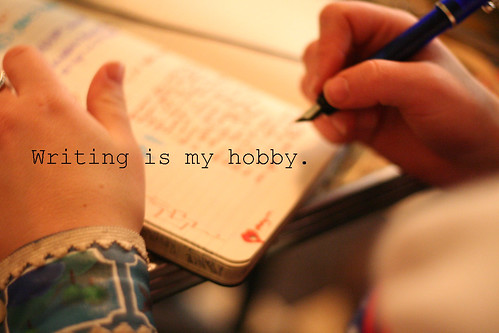I can (and will) use this to expose my students to an authentic audience with a genuine interest in reading their writing. Students will share their background, passions and memories with students. Then we will do compairison/contrast cultural projects with the students in France.
Saturday, November 19, 2011
ePals
ePals is a great reference for educators. The goal for ePals is to connect learners around the globe in a safe environment. I actually just started using this program. I connected with a school in Southern France, and we will be doing a series of cultural and communication projects. The feature I find the most useful is the ePals LearningSpace. There are many web 2.0 tools available including blogs, wikis, forums for discussion and a digital dropbox.
Monday, November 14, 2011
Animoto: A Digital Story
This week, I introduced myself to Animoto.
Make your own slideshow at Animoto.
I thought that Animoto was relatively easy to use. One issue that I had was with the text. I wanted to write at least a sentence, but only a certain number of characters were allowed. This tool is fun, and I think I would like to use Animoto as a forum for my students to teach each other spelling or grammar clues. We could also use it to share nonfiction pieces, and digital photography. There is a great site called Dear Photograph, and I would like to have students complete the project in video format.
There are so many options, I cannot wait to consider even more ideas.
Labels:
Animoto,
digital classroom,
digital storytelling,
writing
Monday, November 7, 2011
My turn: Digital Storytelling
The assignment seemed simple: create a digital story. My problems arose from my listlessness. I was not sure what to write about. I ended up creating a fairy tale.
Carpegast is the title of my story, found here:
I could use the Bubblr tool to help my students understand texts (fiction) that they have read. My students could create an alternate ending. I could also ask my students to add an "epilogue" or additional chapter to the story of their choice.
My students also need a large amount of experience with nonfiction text. I believe that my students could write their own summaries of nonfiction text, with pictures to assist in comprehension. Students could also write picture books using vocabulary words.
Sunday, November 6, 2011
Introduction to Digital Storytelling

Digital storytelling,as defined by Educause Learning Initiative, is " the practice of combining narrative with digital content, including images, sound, and video, to create a short movie, typically with a strong emotional component." This has many different facets and applications to education. The article also states that, ". The process of creating a digital story forces storytellers to choose a topic that can be appropriately conveyed to a
particular audience, with electronic elements, in the time available. This dynamic creates an opportunity to reflect on life and find deep connections with the subject matter of a course or with an out-ofclass experience"
I believe that significant connections are the lessons that students remember in life. When designing project based learning, I often ask myself if the learning will matter in five years, or if it will be significant.
That being said, in Language Arts I could use digital storytelling as another way to spark my student's creative writing skills. My students have done a variety of writing, and they are wonderful storytellers. They can use digital storytelling to write their own creative stories.
Another way that I could use digital storytelling is to have my students write picture (or children's ) books. Everyone remembers the fun picture books they read when they were a kid, and I think it would be fun to have the students write digital picture books to share with our district's elementary school.
Subscribe to:
Posts (Atom)